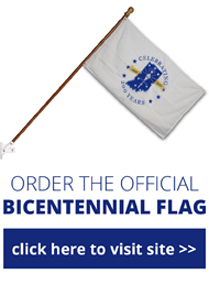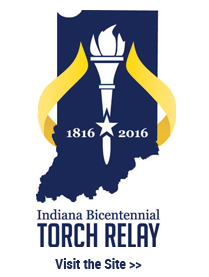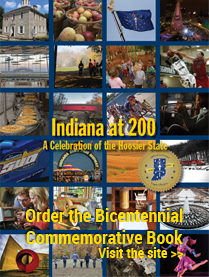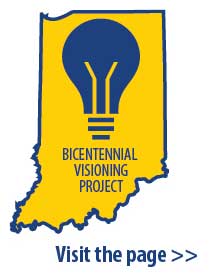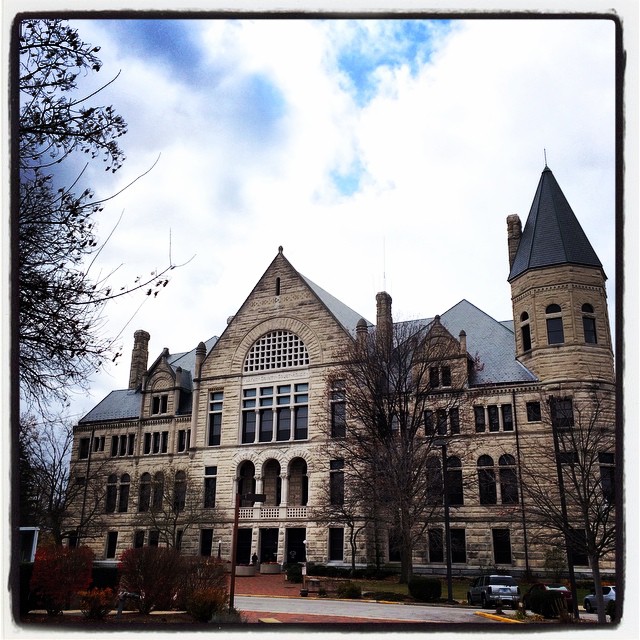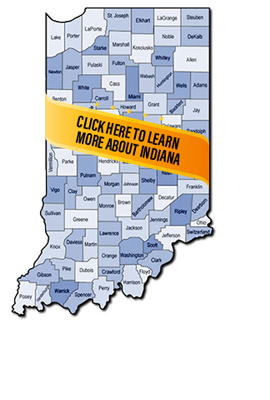- Business & Agriculture
- Residents
- Government
- Education
- Taxes & Finance
- Visiting & Playing
- Family & Health
Wayne County
Q&A with County Coordinators Sarah Mitchell and Mary Jo Clark
What do you consider the key accomplishment of your county's Bicentennial celebration?
- Children of Indiana Bicentennial Park is a signature project developed in conjunction with The Nature Conservancy. In 2016, every Indiana school-age child received an honorary deed to a square-meter plot in the park. This land will be reclaimed and preserved as part of Indiana’s natural beauty. Students will have access to a website where they can visit their plot of land and watch its transformation. Interactive educational content is being developed to coincide with the opening of the park. The key accomplishment of our project was being able to give the children of Indiana their own land! A highlight of our project was the dedication of the park on June 18. It gives us hope to see environmental consciousness across generations!
What Legacy Project do you most like to tell people about, and why?
- Dec. 10 and 11 we officially opened the Levi and Catharine Coffin State Historic Site Interpretive Center. This free event saw 129 visitors over two days. It was great to see so many from the local community and county come out to see our beautiful new museum that now is part of the visit to the site.
Describe a highlight or most memorable moment related to your county's Bicentennial celebration.
- Most who visited the new Levi and Catherine Coffin Interpretive Center were very impressed. The community of Fountain City watched this building for two years as it was constructed and many were itching to see it once it was opened. Visitors remarked over and over again that the building was much more than they expected and are proud to see it as part of their community.
How/where are you preserving information and artifacts related to your county's celebration?
- We reserve information related to the park on our website and on the Cope Environmental organization's dropbox. The Bicentennial Torch will be on display at the Richmond Municipal Building, 50 North 5th Street, Richmond, IN 47374.
Total number of volunteers who participated.
- 1,500.
Estimated total attendance.
- 15,000.
Estimated dollar amount raised.
- $3,000,000.
Estimated dollar amount spent.
- $3,000,000.
Wayne County Legacy Projects
- Art and Nature Richmond Art Museum
- Capitol Hill Cemetery Restoration
- Children of Indiana Bicentennial Park
- Cookies by the Decade on the Historic National Road (Route 40)
- Cope Environment Center: Host, Bicentennial Nature Center Network
- Levi and Catharine Coffin State History Site Community Day
- Nettle Creek Lions Club Jubilee Days
- Restoration in Peace Historic Cemetery Preservation Program
- Starr Piano Festival
- Union / Wayne County Purchase – Bicentennial Nature Trust
- Voices from the Past
- Wayne County 4-H Fair
- Wayne County Cultural Atlas Block Party
- Wayne County Forest – Bicentennial Nature Trust
- Whitewater River Corridor – Bicentennial Nature Trust
- Whitewater River Corridor – Bicentennial Nature Trust
- Whitewater River Corridor – Bicentennial Nature Trust
Photos from Wayne County's Bicentennial Activities/Events
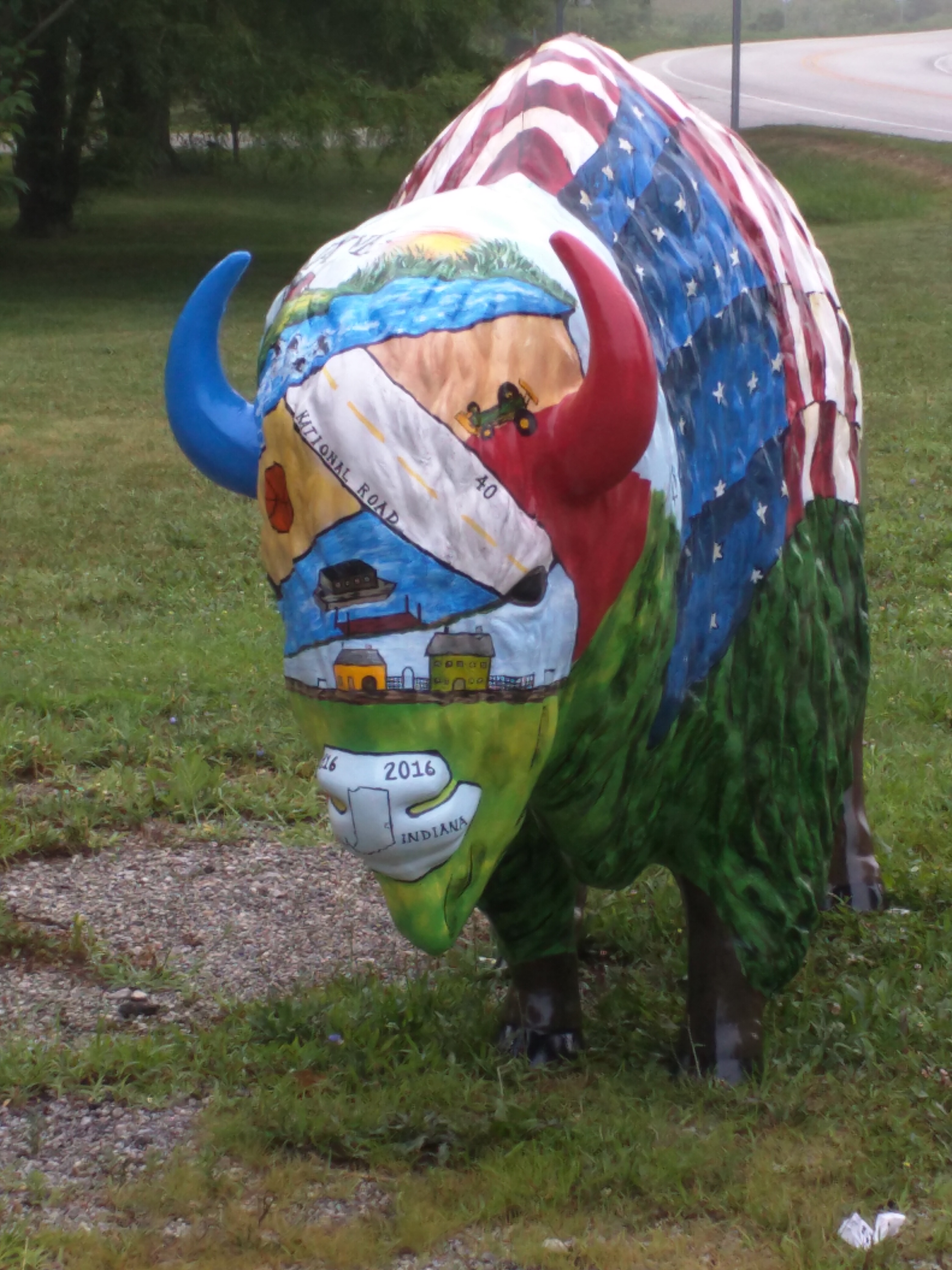
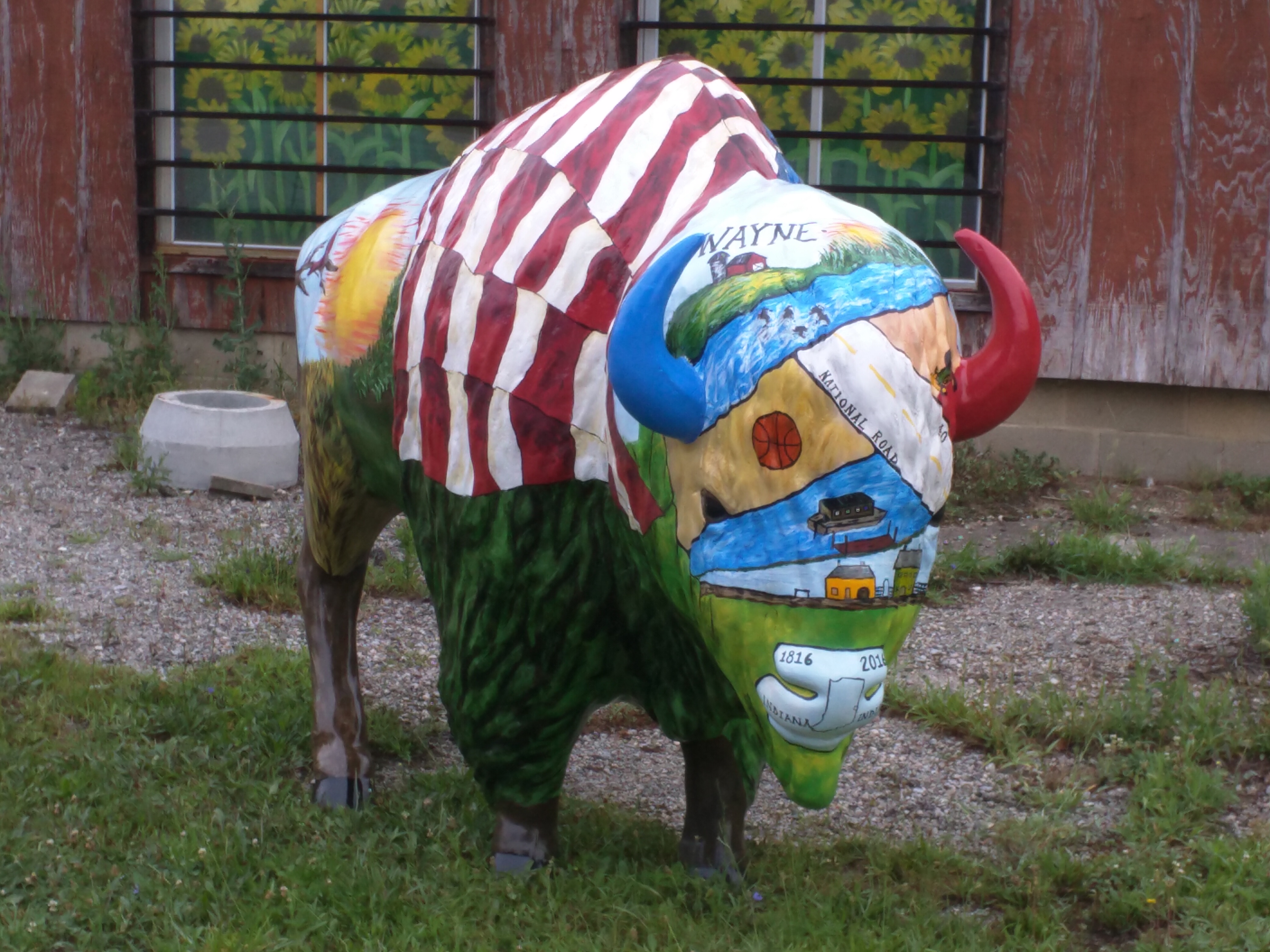
Wayne County Bicentennial Committee
- Gunty Adkins
- Mark Becker
- Kaitlyn Blansett
- Jeff Cappa
- Shaun Dingwerth
- Aleesa Drennen
- Susie Gabbard
- Joe Goebel
- Johanna Hahn
- Sandy House
- Anna Jetmore
- Craig Kinyon
- Jay Klehfoth
- Patricia McDaniel
- Janice McGuire
- Sarah Mitchell
- Jessica Raposo
- Darrell Smith
- Dave Snow
- Mary Walker
- Fonda Wilds
- Robert Wotherspoon
- Alison Zajdel
Wayne County Facts
Wayne County was formed in 1811. It was named for Gen. “Mad” Anthony Wayne, who was an officer during the Revolutionary War. Wayne is mainly remembered for his service in the 1790s in the Northwest Indian War, which included many actions in Indiana and Ohio.
The first county seat was Salisbury, Indiana, a town which no longer exists. It later moved to Centerville, Indiana, where it remained until a move to Richmond.
About the courthouse: James McLaughlin was the architect and the building was completed in 1893.
Centerville celebrates its Bicentennial in 2014, since it was platted in 1814. In 1818, it became the Wayne County seat and was the hub of the county government until 1873.
The community has been home to many politicians, including Indiana’s Civil War governor, Oliver P. Morton. Morton later served as one of Indiana’s U.S. Senators.
The community is well known for the five building archways on the National Road, along with the Salisbury Courthouse and the Mansion House, which are on the same property operated by Historic Centerville, Inc.
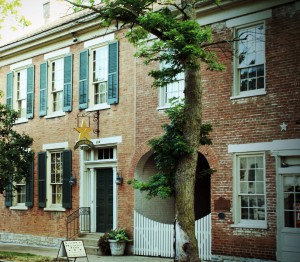 There is a rich jazz heritage in Wayne County. Back in 1916, the Gennett Record Company of Richmond, Indiana began making records in a primitive little studio. Over the next 30 years Gennett became the place in the country to record jazz. Jazz artists of the 1920s, 30s and 40s, including Hoagy Carmichael, Bix Beiderbecke, Louis Armstrong, Tommy Dorsey, and Jelly Roll Morton, flocked to Richmond to record their radical music.
There is a rich jazz heritage in Wayne County. Back in 1916, the Gennett Record Company of Richmond, Indiana began making records in a primitive little studio. Over the next 30 years Gennett became the place in the country to record jazz. Jazz artists of the 1920s, 30s and 40s, including Hoagy Carmichael, Bix Beiderbecke, Louis Armstrong, Tommy Dorsey, and Jelly Roll Morton, flocked to Richmond to record their radical music.
The Madonna of the Trail and Harry S. Trusman connection. The Madonna of the Trail is a monument to Americans who traveled the bitter road. One of only 12 statues marking the pioneers’ trek from the Atlantic to the Pacific, Richmond’s Madonna of the Trail was dedicated by the Daughters of the American Revolution October 28. 1928. The featured speaker was a little-known Missouri judge, Harry S. Truman.
A “Memorial to the Pioneer Mothers of the Covered Wagon Days,” the motto ascribed to the Madonna of the Trail could also salute all who made their way westward along the National Road: “the autograph of a nation written across the face of a continent.”
The original American Queen of Agriculture was from Indiana. Virginia Claypool Meredith (born 1848) was known internationally – for farming expertise. By the 1880s, Meredith promoted advancement of farm women to an international audience through speeches for farmers’ institutes and women’s clubs, and in publications, including Breeders’ Gazette.
As a writer, speaker, stockbreeder, and university professor, Meredith (born 1848) encouraged women to pursue education and careers related to farm life. She inherited the Wayne County Oakland Farm in 1882 and successfully grew the business and her reputation as farm expert.
Appointed to the 1893 World’s Fair Board of Lady Managers; she was known as “Queen of American Agriculture.”
The farming community of Fountain City in Wayne County was known as the “Grand Central Station of the Underground Railroad.” In the years before the civil war, Levi and Katie Coffin were famous agents on the Underground Railroad. They estimated that they provided overnight lodging for more than 2,000 runaway slaves who were making their way north to Canada and freedom.
County Seat: Richmond
Year Organized: 1810
Square Miles: 401.74






